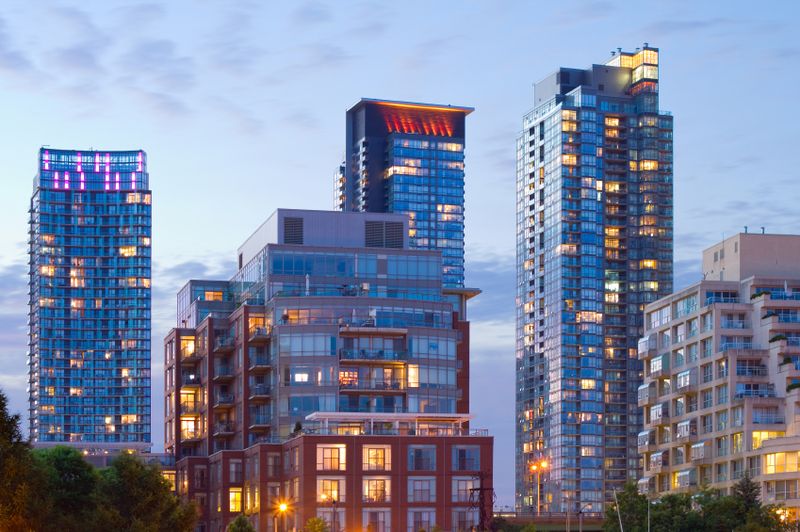Bob Aaron in Legal, Condo Buying
Editor's Note: This article was first published Feb 13 2016.
Thousands of purchasers of new condominiums are being overcharged for property taxes.
Here’s how it works: when a new condominium is ready for occupancy, the buyer gets the keys and can move in — but title will not be transferred for some months.
The period between occupancy and the final closing, when title is transferred, is called the “interim occupancy period.” During this time, buyers pay the builder a monthly interim occupancy fee.
The components of this fee are set out in the Condominium Act, and include an amount “reasonably estimated” by the builder for the unit’s municipal taxes.
Most builders typically calculate the tax component of the interim occupancy fee by taking the purchase price of the unit as shown on the front page of the offer and multiplying it by 1 per cent. The result is then divided by 12 to get the monthly charge.
The 1 per cent figure is supposed to represent the city of Toronto’s mill rate, which is a percentage used to arrive at annual taxes. The city sets the mill rate with its annual budget, and for every residential property in the city, the assessed value is multiplied by the mill rate to yield the annual property taxes.
The way some builders calculate estimated taxes, however, is not the way the city does it. And the result is a significant overcharge to buyers.
The correct method, which is how the city calculates taxes, is to take the assessed value of the unit, which is typically the purchase price minus the significant HST component, and multiply the result by the city’s official mill rate, which last year was 0.7056037 per cent.
Here’s how the numbers worked in a transaction in my office last month. The purchase price including tax was just over $868,000, and the price without HST was $789,720.
On occupancy, the builder calculated the estimated taxes using the total purchase price — including HST — multiplied by 1 per cent. This resulted in estimated annual taxes of $8,377 for the unit.
The correct formula, which I had inserted into an amendment to the agreement, required the purchase price without taxes ($789,720 and not $868,000) to be multiplied by the city’s actual mill rate for 2015 (0.7056037 per cent and not the builder’s 1 per cent). This yielded a reasonably accurate estimate of $5,572 for 2015 taxes — a discrepancy of $2,805.
The purchasers had therefore been overpaying taxes of almost $234 monthly as part of their interim occupancy fees. For the almost 10 months they had been in possession, the tax overpayment was $2,314.
When I pointed this out to the builder’s lawyer the night before closing, he agreed that the calculations were correct and credited my clients with the full overpayment.
Technically, each purchaser in the building, and in hundreds of similar buildings, should be entitled to a readjustment from the builder — if they or their lawyers crunched the numbers.
In the same vein, builders often charge purchasers an overestimate of final taxes to the end of the year of closing, and undertake to readjust with purchasers afterward — but typically only on request.
With tens of thousands of new condominiums closing annually, the potential windfall to developers is huge.
There are two solutions to this problem. The first is to require builders to calculate the tax component of interim occupancy fees in a manner which corresponds to the way the city calculates taxes.
And the second is for purchasers and their lawyers to be on the alert and require builders to more accurately calculate estimated taxes.
Bob Aaron is Toronto real estate lawyer. His Title Page column appears on this blog, Move Smartly, and in The Toronto Star. You can follow Bob on Twitter @bobaaron2 and at his website aaron.ca Email Bob




